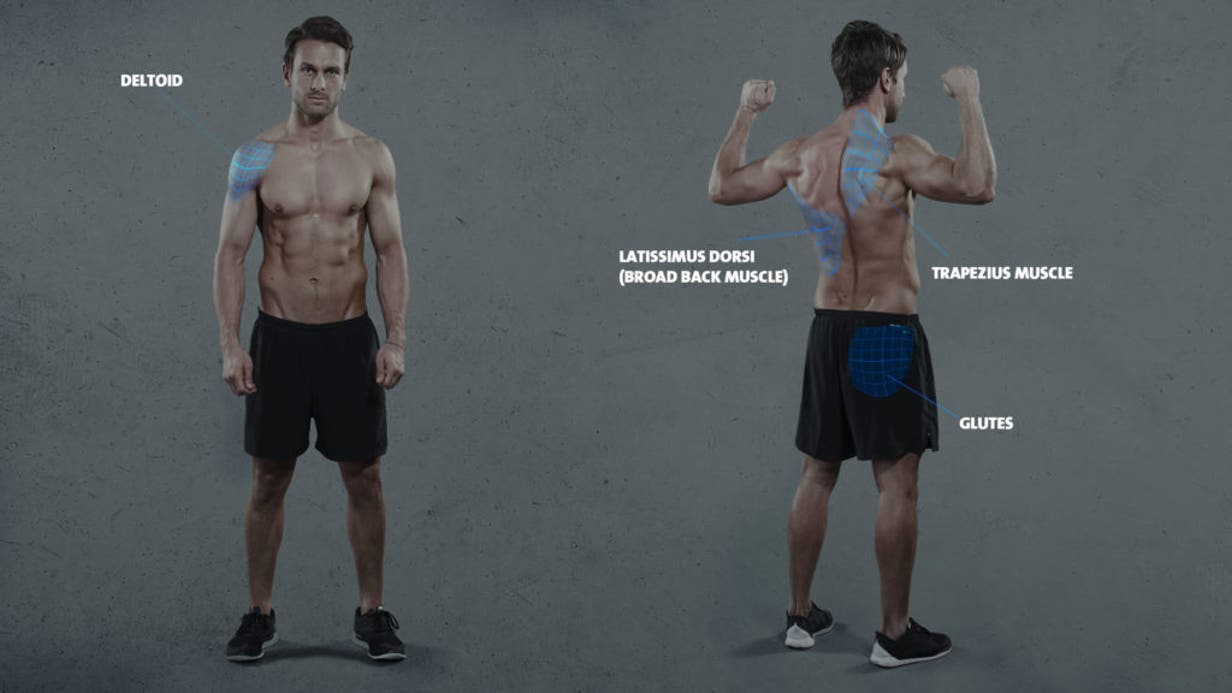What are Jumping Jacks?
Many people have been familiar with Jumping Jacks since their childhood. They are probably among the most underrated exercises and though many considering them to be a pure cardio exercise does not do them justice! Jumping Jacks not only quicken your pulse and get you sweating but they also call on your muscles do plenty of work! In the starting position, you open your feet shoulder wide, then merge them with a slight jump while simultaneously raising your arms so that your hands will touch behind your head. Make sure to keep your head fully erect, with your gaze directed forward.
What muscles are being used during Jumping Jacks?
Above all, Jumping Jacks strain your legs, particularly your calf muscles; but they also stress the middle and small buttock muscles, which together form the group of abductors, and the inner thigh muscles, also called adductors. While doing this exercise, the abdominal and core muscles provide necessary stability and balance. Foot muscles will also be strengthened. This is extremely important for conditioning, improving the stablity and safety in other exercises like Squats or Burpees and while running. The amount of work your back does, however, is completely underestimated: the latissimus, trapezius, chest and shoulder muscles, as well as the Delta and even the triceps are all involved while merging your arms. In addition, many small ancillary muscles assist. The lifting movement of the arms would not be possible without them.

What are the benefits of Jumping Jacks?
The benefits of Jumping Jacks are often underestimated. Many use them to recover from the exertion felt after other exercises. Yet when doing Jumping Jacks, you should step up your efforts and get your pulse up! Depending on the speed of your movements, Jumping Jacks are ideally suited to train both aerobic as well anaerobic endurance and to increase your calorie consumption. They work particularly effectivelyon the gluteal (or buttock) muscles – who would have thought! The gluteus medius, which is primarily responsible for spreading your legs, gets a great workout during Jumping Jacks! When done well, the exerciset may prevent lateral fat deposits on your hips. So be sure, for a strong back or a firm bottom, Jumping Jacks are a full body workout!
What to consider with Jumping Jacks:
To optimally use the training stimulus of Jumping Jacks, make sure to keep your body tension constant and perform the exercise correctly, using the whole Range of Motion. Even though everyone knows Jumping Jacks and most people perceive them as a relatively simple exercise, many errors can creep in: standing straight and legs spread apart at least shoulder-wide are important. Your head must not tilt downward. With each individual repetition, your hands touch behind, and not above, the head. In the starting position, your hands touch your thighs each time. Touching your hip, or just indicating the movement, does not count!
